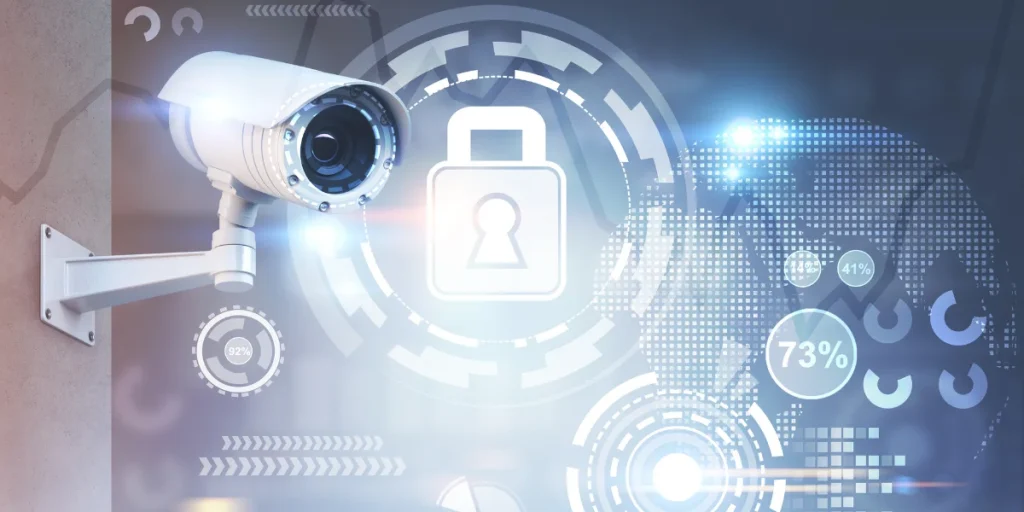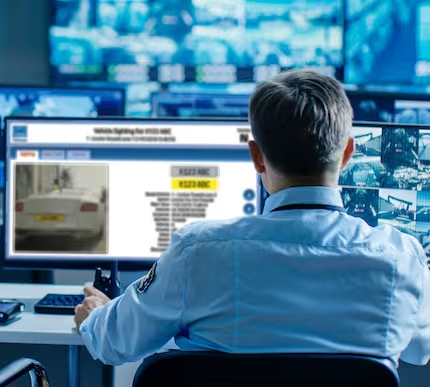Automatic License Plate Readers and Data Security: Safeguarding Information in an Era of Surveillance
In an increasingly digitized world, the utilization of Automatic License Plate Readers (ALPR) has become ubiquitous, offering a powerful tool for law enforcement agencies, parking management, and even private entities. Also known as Automatic Number Plate Recognition (ANPR) cameras, these devices are designed to capture license plate information swiftly and accurately, aiding in various applications such as toll collection, traffic monitoring, and vehicle tracking. However, the proliferation of ALPR technology raises significant concerns regarding data security and privacy. As these systems amass vast amounts of sensitive information, it becomes imperative to implement robust measures to safeguard this data from misuse and unauthorized access.
Table of Contents
Understanding Automatic License Plate Readers (ALPR)
Before delving into the intricacies of data security, it’s crucial to grasp the functionality of Automatic License Plate Readers. ALPR camera systems consist of specialized cameras equipped with optical character recognition (OCR) technology capable of identifying and capturing license plate numbers from vehicles passing through their field of view. These cameras are often mounted on fixed structures such as poles, bridges, or patrol vehicles, strategically positioned to maximize coverage of designated areas.
Upon capturing an image of a license plate, the ALPR system processes the data, extracting the alphanumeric characters and converting them into machine-readable text. This information is then cross-referenced with databases containing vehicle registration details, enabling rapid identification of vehicles of interest, stolen vehicles, or those associated with criminal activity. The efficiency and accuracy of ALPR technology make it a valuable asset for law enforcement agencies worldwide, facilitating proactive crime prevention and enhancing overall public safety.

The Pervasive Use of ALPR Technology
The deployment of ALPR camera systems extends beyond traditional law enforcement functions, encompassing various applications across both public and private sectors. For instance, parking management companies leverage ALPR technology to automate the monitoring of parking spaces, streamline enforcement processes, and enhance revenue collection. Additionally, toll road operators utilize ANPR cameras to facilitate seamless electronic toll collection, eliminating the need for manual payment transactions and reducing congestion at toll booths.
In the realm of border security and immigration control, ALPR systems play a vital role in monitoring vehicular traffic at border crossings and ports of entry, enabling authorities to screen vehicles for compliance with customs regulations and identify suspicious or unauthorized entries. Moreover, commercial enterprises utilize ALPR technology for purposes such as inventory management, vehicle fleet tracking, and access control, leveraging its capabilities to enhance operational efficiency and security protocols.
Data Security Challenges and Privacy Concerns
While the widespread adoption of ALPR camera technology offers numerous benefits, it also poses significant challenges in terms of data security and privacy protection. The accumulation of vast quantities of sensitive information, including license plate numbers, timestamps, and geolocation data, raises legitimate concerns regarding the potential misuse or unauthorized access to this data.
One of the primary apprehensions surrounding ALPR systems pertains to the storage and retention of captured data. In many jurisdictions, there are no standardized regulations governing the length of time that ALPR data can be retained, leading to disparities in data retention policies among different agencies and organizations. Prolonged retention periods increase the risk of unauthorized access and potential abuses, as well as the likelihood of data breaches or cyberattacks targeting stored information.
Furthermore, the interconnected nature of ALPR camera databases poses inherent risks to individual privacy rights. Aggregating license plate data from disparate sources creates comprehensive profiles of individuals’ movements and activities, potentially enabling unwarranted surveillance or profiling. Concerns have been raised regarding the potential for misusing ALPR data for purposes such as tracking political activists, monitoring individuals’ attendance at sensitive events, or conducting mass surveillance without appropriate oversight.

Safeguarding ALPR Data: Best Practices and Mitigation Strategies
Addressing the challenges associated with ALPR camera data security requires a multifaceted approach encompassing technological safeguards, regulatory frameworks, and stakeholder collaboration. Here are some key strategies to enhance the security and privacy of ALPR systems:
Data Encryption: Implement robust encryption protocols to safeguard ALPR data both in transit and at rest, ensuring that sensitive information remains protected from unauthorized interception or access.
Access Controls: Utilize access control mechanisms to restrict and monitor access to ALPR databases, implementing role-based permissions and authentication protocols to prevent unauthorized users from accessing sensitive information.
Anonymization and De-identification: Prioritize the anonymization or de-identification of ALPR data to mitigate privacy risks, removing or obfuscating personally identifiable information (PII) to prevent the identification of individuals from captured license plate data.
Data Minimization: Adopt data minimization principles to limit the collection and retention of ALPR data to the extent necessary for legitimate operational purposes, minimizing the risk of unauthorized access or misuse of stored information.
Transparency and Accountability: Promote transparency regarding the use of ALPR camera technology, providing clear guidelines on data collection practices, retention periods, and permissible uses of captured information. Additionally, establish mechanisms for accountability and oversight to ensure compliance with applicable regulations and ethical standards.
Collaboration with Privacy Advocates: Foster collaboration with privacy advocates, civil liberties organizations, and other stakeholders to solicit feedback and input on ALPR policies and practices, incorporating privacy-enhancing measures based on stakeholder feedback and recommendations.
Regular Audits and Compliance Checks: Conduct regular audits and compliance checks to assess the effectiveness of ALPR data security measures, identifying and addressing any vulnerabilities or deficiencies in existing systems and protocols.
Legislative and Regulatory Reform: Advocate for developing comprehensive legislative and regulatory frameworks governing the use of ALPR technology, establishing clear guidelines and safeguards to protect individual privacy rights and mitigate potential abuses.
Conclusion
As Automatic License Plate Readers continue to increase in both public and private domains, ensuring the security and privacy of captured data remains paramount. By implementing robust data security measures, adopting privacy-enhancing technologies, and fostering transparency and accountability in ALPR practices, stakeholders can mitigate the risks associated with the collection and utilization of license plate data while preserving individual privacy rights. By striking a balance between technological innovation and ethical considerations, we can harness the potential of ALPR technology to enhance public safety and security while upholding fundamental principles of privacy and data protection in an era of ubiquitous surveillance.

